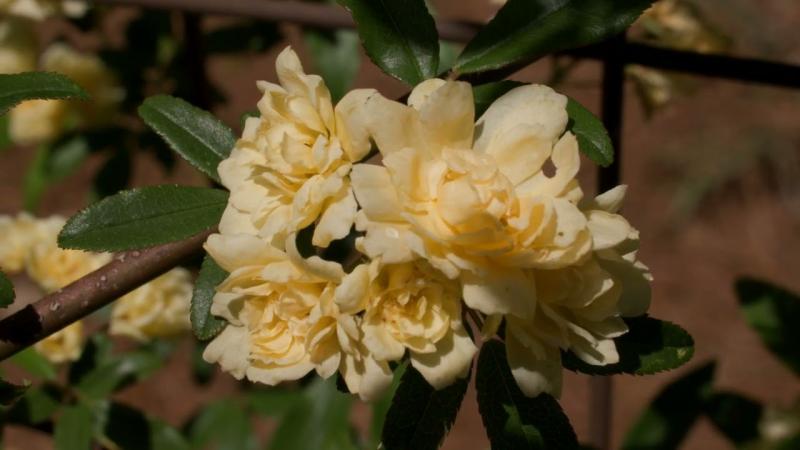Site Selection and soil preparation for perennials
Consider the site before selecting your plants. Although many perennials, such as ferns, tolerate heavy shade, most perennial plants require abundant sunshine. Air circulation is important for avoiding diseases; stagnant, warm, and humid air creates ideal conditions for diseases. Perennial plants also require properly prepared soil, and a few have specific drainage and fertility requirements.
Soil preparation for perennials is similar to soil preparation for annuals. However, you should devote some special attention to perennial bed preparation, because plants may occupy the site for several years with little opportunity to correct any problems. When possible, add sand and organic matter such as bark, peat, or compost to soils well ahead of planting time.
A layer of organic matter 3 or 4 inches deep, worked into the soil a shovel's depth, is usually adequate. Since different types of organic matter work and decompose at different rates in the soil, it is best to use a little of two or three kinds of organic matter than a lot of just one.
Soil testing provides specific recommendations for fertilizer and lime needs. Since lime lasts for several years depending on the type used, never add lime without a soil test. Many fertilizers, such as phosphorus, are best applied and mixed into soils before planting. Perennials need a balance of several nutrients, including nitrogen, phosphorous, and potash; most garden supply stores carry a wide variety of fertilizer mixes. Keep in mind that phosphorus, including that found in bone meal, lasts for several years and need not be applied regularly.
Publications
News
There are a few plants that bring both beauty and function to the landscape, and pineapple guava is one of those rare gems that does it all.
During a recent visit to Paul and Donna Ingram’s garden in Vicksburg, Mississippi, I was inspired by how beautifully they’ve showcased this remarkable plant.
Deciduous plants are those that shed their foliage at the end of the growing season. I recently had the pleasure of seeing the beautiful collection that Warren County Master Gardener Beattie Williams has curated.
While there were several standout selections in her garden, one that immediately caught my eye was Virginia sweetspire. This is a native shrub that offers something beautiful for every season.
The peaceful backyard garden of Beattie Williams in Vicksburg, Mississippi, is a master class in the use of raised beds in a home landscape.









